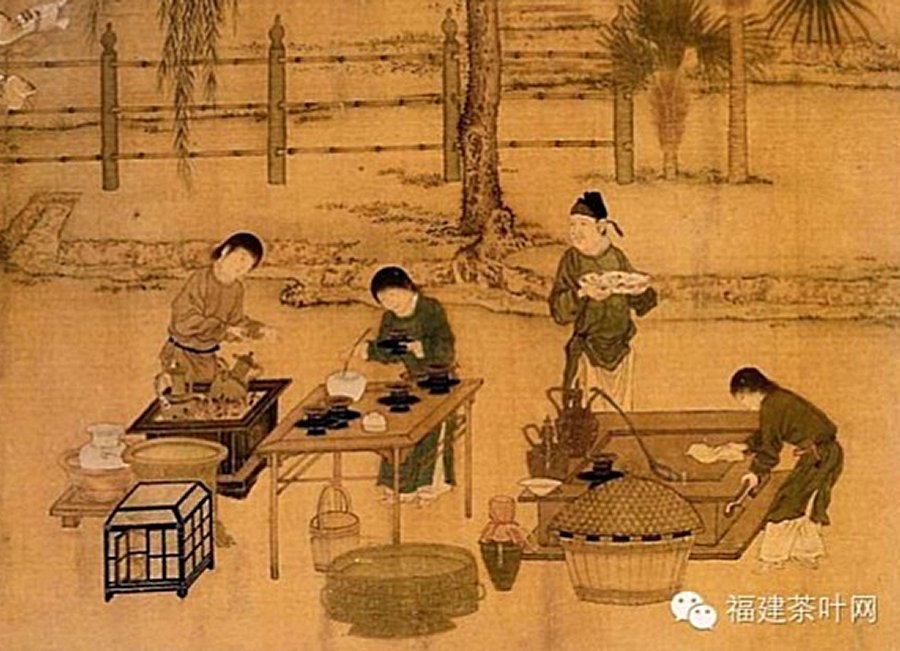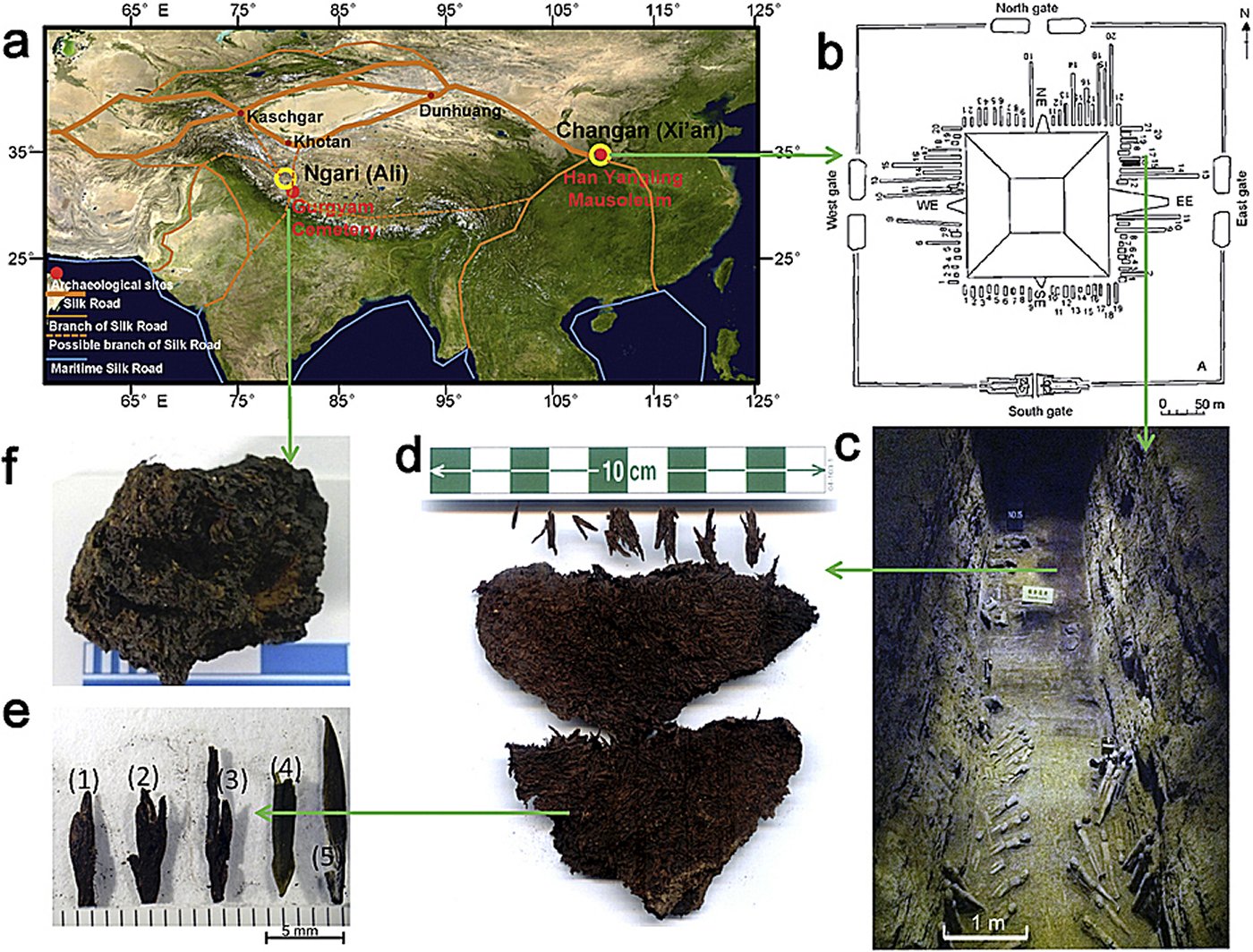MessageToEagle.com – “The tea was grown 2100 years ago to cater for the drinking habits of the Western Han Dynasty (207BCE – 9CE), and then carried toward central Asia by ca. 200CE, several hundred years earlier than previously recorded,” according to a new study conducted by researchers from the Chinese Academy of Sciences.
The research has been published in Nature’s online open access journal Scientific Reports.

The earliest physical evidence of tea from both the Chang’an and Ngari regions suggests that a branch of the Silk Road across the Tibetan Plateau was established by the second to third century CE.
A Chinese emperor had tea leaves buried as one of his funerary goods in his tomb, according to discoveries by Chinese archaeologists, reports The Independent.

The researchers recently successfully analyzed the micro crystals between the fluffs on the surface of the materials and finally confirmed that tea leaves were found, even though the materials were excavated in the 1990s.
Other organic materials include grains and rice.
“The discovery shows how modern science can reveal important previously unknown details about ancient Chinese culture,” said Professor Dorian Fuller, Director of the International Centre for Chinese Heritage and Archaeology, based in UCL, London.
The identification of the tea found in the emperor’s tomb complex gives us a rare glimpse into very ancient traditions which shed light on the origins of one of the world’s favourite beverages.”
The tea leaves can be dated back to the dynasty of Emperor Jing of the Han dynasty, who died in 141 BC.
Weapons, pottery figurines, and some full-sized chariots were also part of the funerary goods buried with the emperor.
MessageToEagle.com






